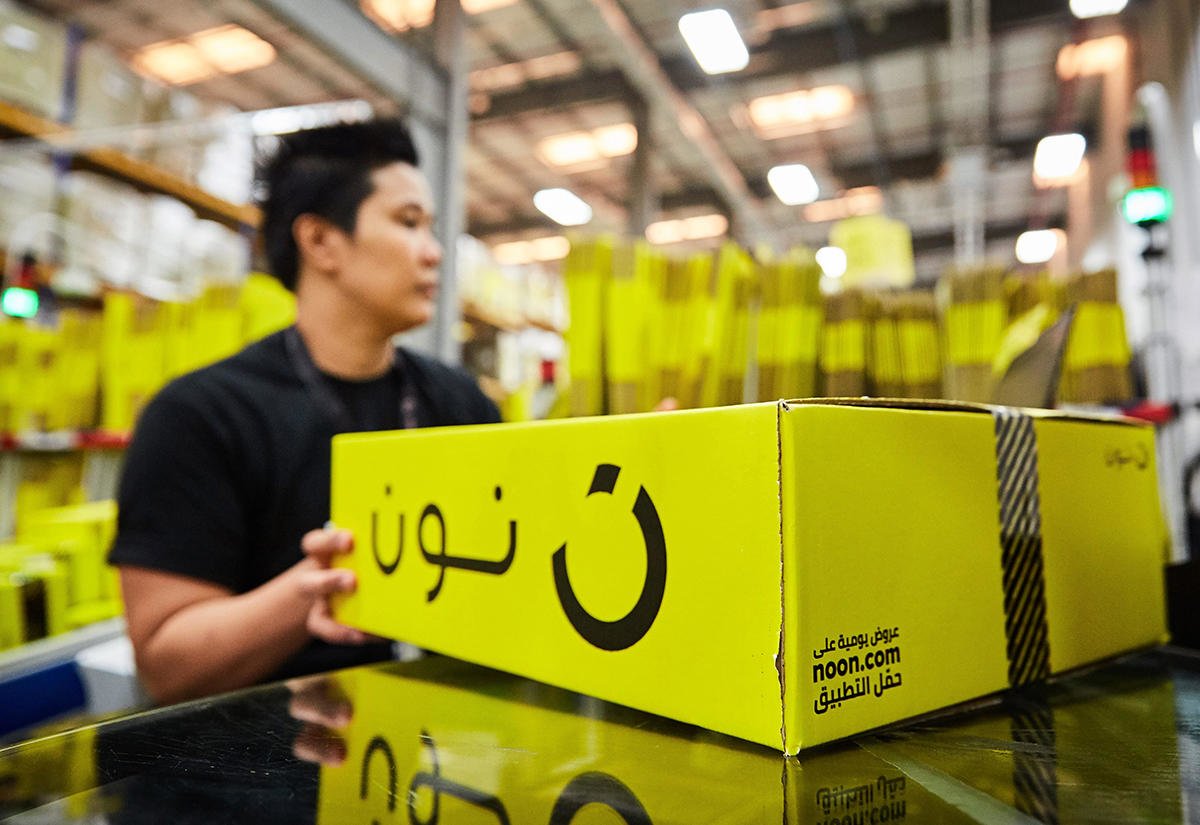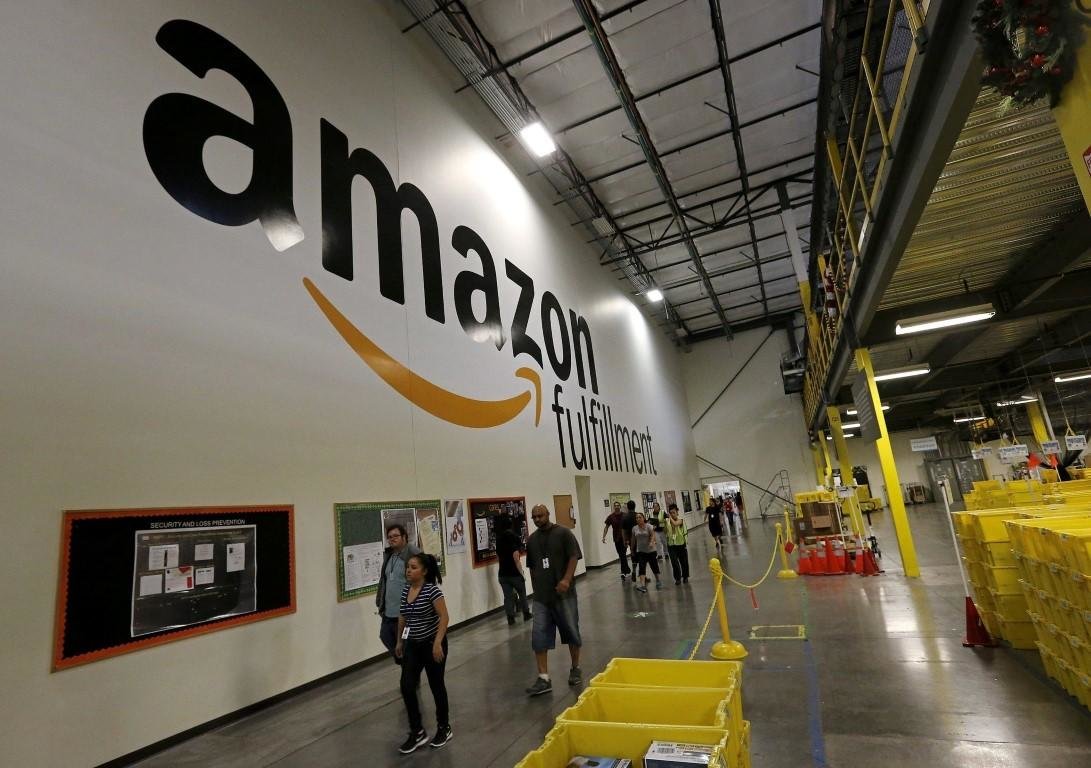
The e-commerce survival guide for Gulf-based SMEs
When coronavirus struck early in 2020, the global retail industry came to a standstill in the face of an unprecedented crisis which forced millions of consumers to stay home.
Online retails giants such as Amazon or Noon soon turned this crisis into an opportunity to drive more traffic to their existing platforms while big retailers accelerated e-commerce plans or strengthened existing digital channels.
For the majority of SMEs, however, who do not have the digital infrastructure or the financial capabilities in place to embrace e-commerce, it was a time of great uncertainty.
Do they risk being swallowed whole by the bigger retailers on top of the loss of business they are incurring during the challenging times?
“In many markets, it is only the big investors that win through e-commerce. This is threatening to happen in the region,” said Debashish Mukhergee, Dubai partner at Kearney, a global consultancy firm.

“The negative impact this pandemic has had on small businesses is severe, globally and regionally,” added Akshay Chopra, vice president of innovation and design, Central and Eastern Europe, Middle East and Africa at Visa, basing his statement on the 61 million merchants that Visa Global services.
To give SMEs a chance to compete with the bigger retailers in e-commerce, several channels have to be tackled, they said.
“It has to be a multi-faced effort otherwise, in the value chain, we will only find the big brands and businesses surviving and the small guys will get wiped out,” saysd Mukhergee.
Considering that there are 400,000 SMEs in the UAE constituting 60 percent of the non-oil economy revenues, there are grave implications to their struggles.
Mukhergee believes change comes from within and advises SMEs to find strength in numbers and form an association to help them compete with the big retailers.

“The SMEs have to create an association similar to the restaurant association here which I’ve heard is developing an app to compete with the big food delivery apps who they feel are charging them too much,” said Mukhergee.
This, however, will not amount to much if SMEs don’t have the finances to set up e-commerce infrastructure in the first place. “The government has to give incentives to the small and medium-sized enterprises to participate in digital retail because sometimes they don’t have the money to that,” he added.
Only then can the playground be levelled enough for all retailers to compete. “Some energy has to go into digitally linking the SMEs and then the best person can win. Right now, we don’t know if the best person is winning because not all companies are on e-commerce, so first that has to be solved,” he said.

SMEs therefore need to adapt their business model to this new reality. “The pandemic forced SMEs to change their model to survive,” said Christine Harb, Global Brand Council at Visa.
“Merchants had to pivot into a digital-first mindset and integrate digital solutions while also sprucing up their e-commerce offerings,” she added.
Harb also said that credit card giants like Visa are helping smaller retailers to adapt to the digital world through training and support in setting up their digital capabilities or “sprucing up existing ones".

E-commerce is here to stay, with studies by Visa indicating that 50 percent of consumers will maintain their new digital purchasing habits even after the side effects of coronavirus pandemic have faded.
It is not enough, however, to simply have a digital platform; retailers need to identify the unique selling points that would allow them to stand out in a cluttered e-commerce landscape.
“Everyone has to think in terms of competitive advantage. Only then will people buy from the app: they won’t just buy because it is on online,” said Mukhergee.
“SMEs have to understand what differentiating propositions they offer so they get preference from the customers. The smaller players will win on relationships and assortments of products which the big folks are not able to produce,” he added.











